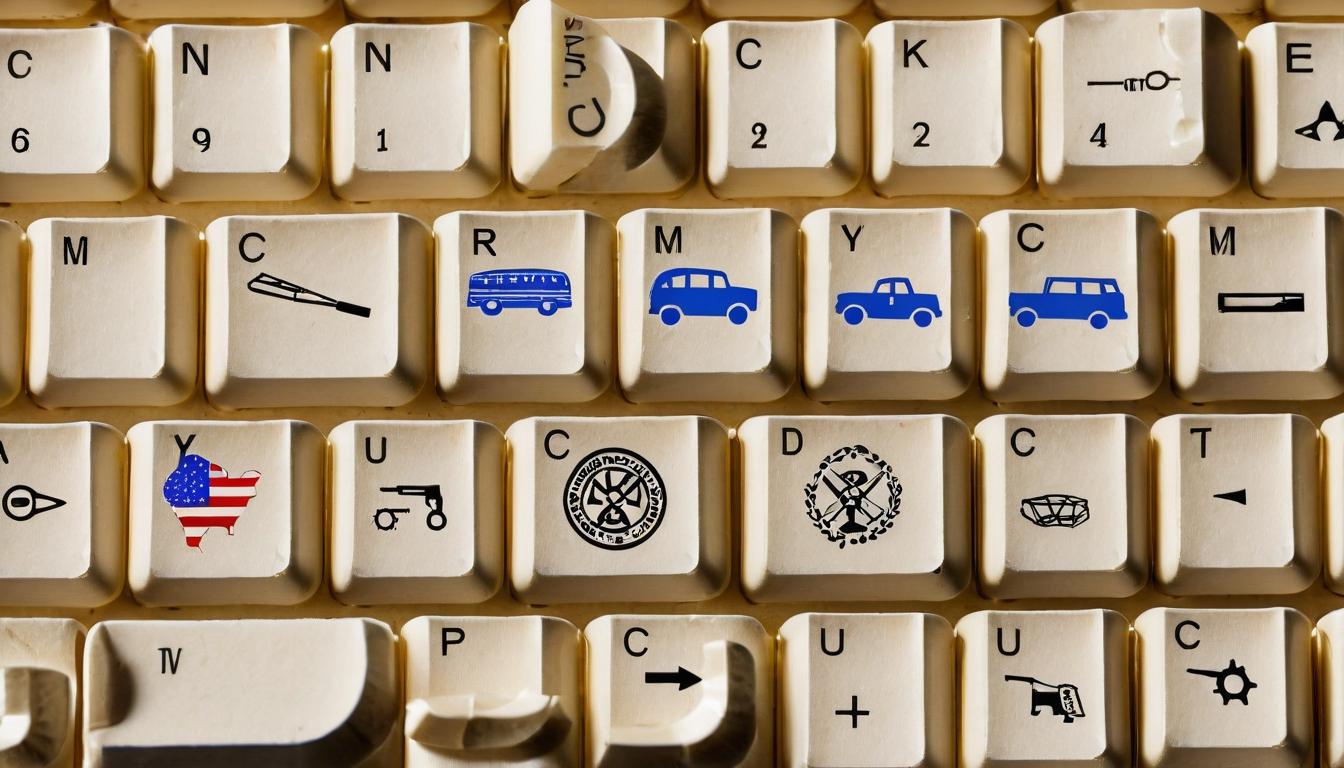Most of us walk through life barely noticing the ordinary objects that surround us. We flip light switches, use paper clips, drink from glass bottles, and never give these everyday items a second thought. But beneath their mundane surfaces lies a world of fascinating history, unexpected science, and surprising stories that reveal just how extraordinary our ordinary world truly is.
The humble paper clip, that simple bent wire we use to hold papers together, has a more dramatic history than you might imagine. During World War II, Norwegians wore paper clips on their lapels as a silent protest against Nazi occupation. This subtle symbol represented unity and resistance—the paper clip's ability to bind things together became a powerful metaphor for national solidarity. The gesture was so potent that wearing a paper clip could land you in serious trouble with the authorities. Today, a giant paper clip monument stands in Oslo, commemorating this quiet act of defiance that turned an office supply into a symbol of freedom.
Consider the glass bottle you might have drunk from today. Glass recycling has become commonplace, but what few people realize is that glass never truly decomposes. A glass bottle thrown away today will still exist in essentially the same form a million years from now. Archaeologists have found Roman glass artifacts that look as pristine as the day they were made. This permanence makes glass both an environmental challenge and a historical treasure—every bottle contains the potential to become someone's future archaeological discovery.
The zipper, that simple device that keeps our pants up and our jackets closed, was originally marketed as a solution for a very different problem: tired fingers. Before zippers became common, people fastened clothing with buttons and hooks, which could be difficult for those with arthritis or limited dexterity. The inventor, Whitcomb Judson, initially called his creation the "clasp locker" and promoted it at the 1893 Chicago World's Fair as a way to help people who struggled with traditional fasteners. It took another twenty years before the modern zipper design emerged and another decade before it became fashionable in clothing.
Look at the keyboard you're typing on right now. The QWERTY layout wasn't designed for speed or efficiency—it was actually created to slow typists down. Early typewriters had mechanical arms that would jam if adjacent keys were pressed too quickly. The QWERTY arrangement spaces commonly used letter pairs apart to prevent these jams. Even though modern keyboards have no such mechanical limitations, we've stuck with this inefficient layout for over a century. Some estimates suggest alternative layouts like Dvorak could increase typing speed by up to 35%, yet QWERTY persists due to sheer momentum.
The ordinary pencil contains a surprising piece of engineering brilliance. That pink eraser on the end? It's not actually rubber—most modern pencil erasers are made from synthetic materials like vinyl or plastic. The yellow color of most pencils comes from a marketing decision in the 1890s when a pencil manufacturer wanted to show off that their pencils contained high-quality Chinese graphite. They painted them yellow because in China, yellow was associated with royalty and respect. The tradition stuck, and now approximately 75% of pencils sold in the United States are yellow.
Think about the ballpoint pen you might have in your drawer. The technology that makes it work is more sophisticated than it appears. A ballpoint pen relies on precisely engineered components: a tungsten carbide ball that rotates smoothly in a socket, controlling the flow of viscous ink that dries almost instantly on paper. The first successful ballpoint pen was developed by Hungarian journalist László Bíró, who was frustrated with fountain pens that smudged and leaked. He noticed that newspaper ink dried quickly and worked with his brother, a chemist, to create a pen using similar ink. The result revolutionized writing.
Consider the simple matchstick. The red phosphorus used on modern safety matchboxes represents a major safety advancement from earlier matches that could ignite from friction anywhere. The development of safety matches in the 1840s dramatically reduced accidental fires. What's even more fascinating is that matchboxes themselves became an unexpected art form. From the 1890s to the 1940s, companies produced elaborately decorated matchboxes featuring everything from famous artworks to political propaganda, turning functional objects into collectible art.
The postage stamp, that small piece of paper we stick on envelopes, contains hidden security features that would impress any spy. Modern stamps include microscopic printing, special fluorescent inks, and intricate patterns that are nearly impossible to reproduce accurately. Some countries even embed silk threads or use paper containing colored fibers. These anti-counterfeiting measures have evolved alongside stamp technology, creating a miniature world of security that most people never notice when they're simply mailing a letter.
The next time you use a paper clip, drink from a glass bottle, or zip up your jacket, remember that you're interacting with objects that contain layers of history, innovation, and human ingenuity. These everyday items connect us to inventors, protesters, marketers, and engineers across time. They remind us that even the most ordinary objects have extraordinary stories waiting to be discovered—if only we take a moment to look closer.
The hidden world of everyday objects: surprising facts that will change how you see ordinary things

